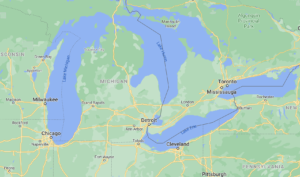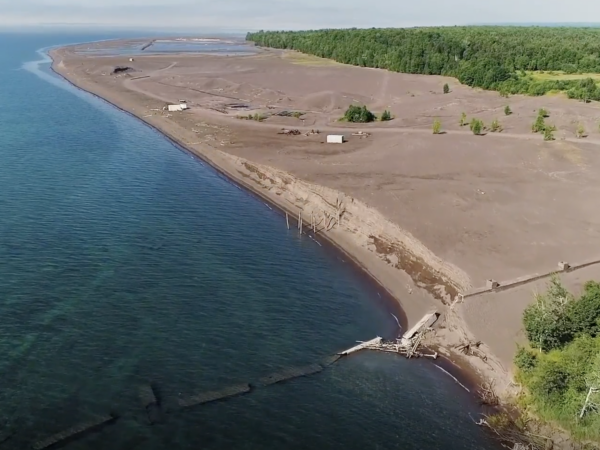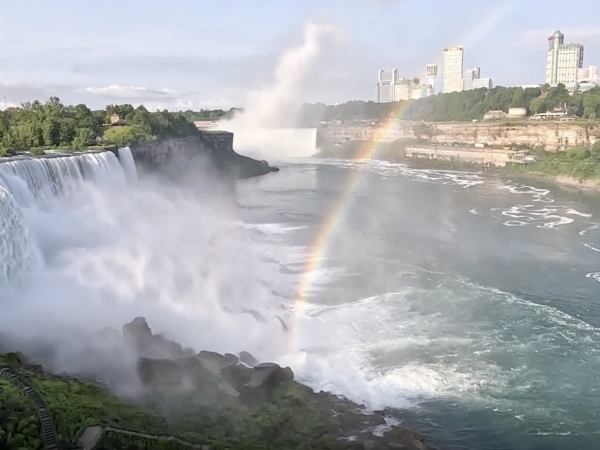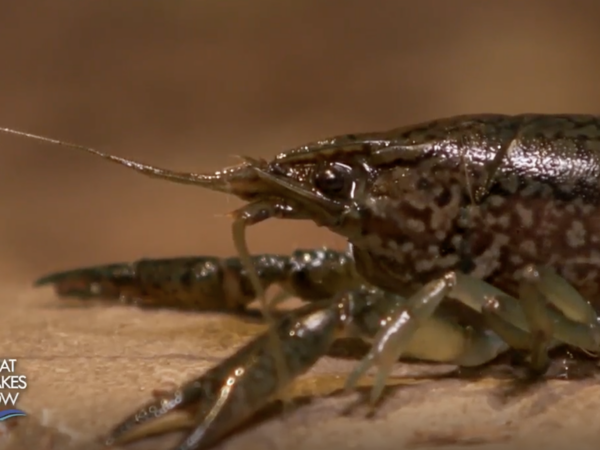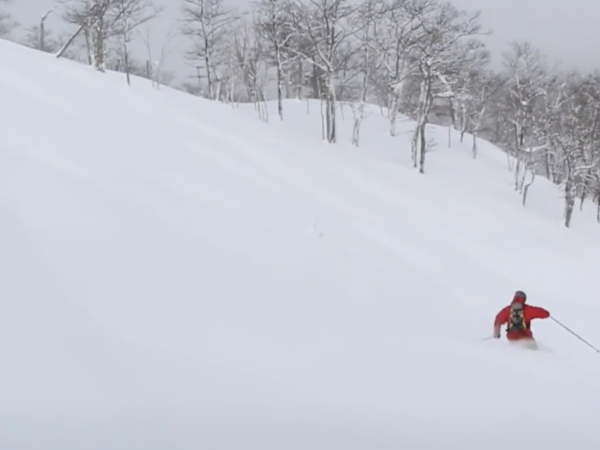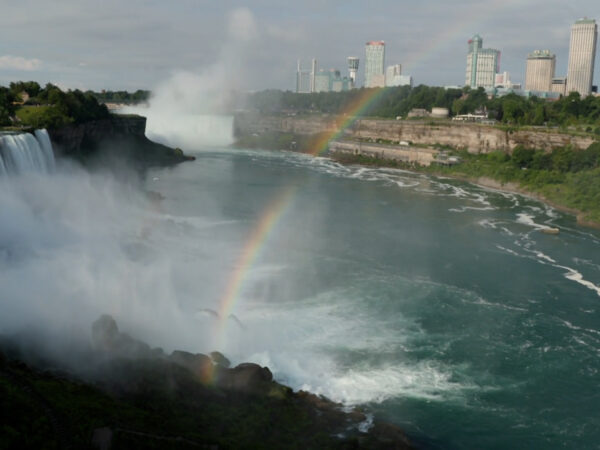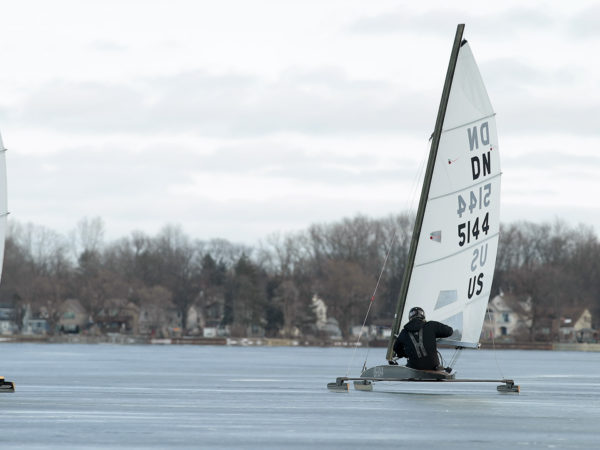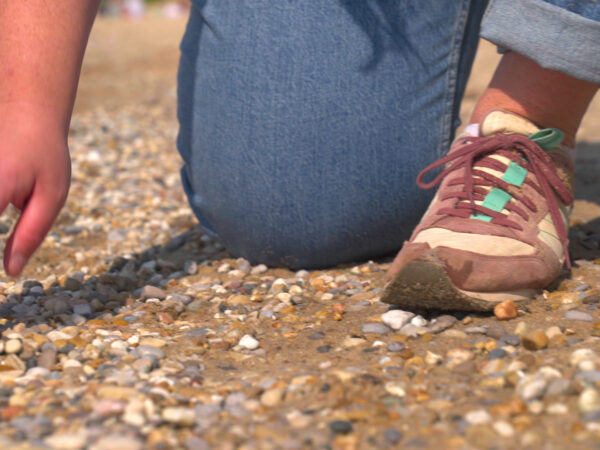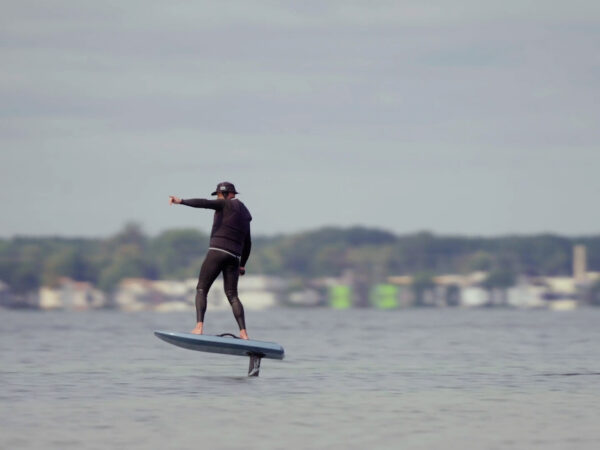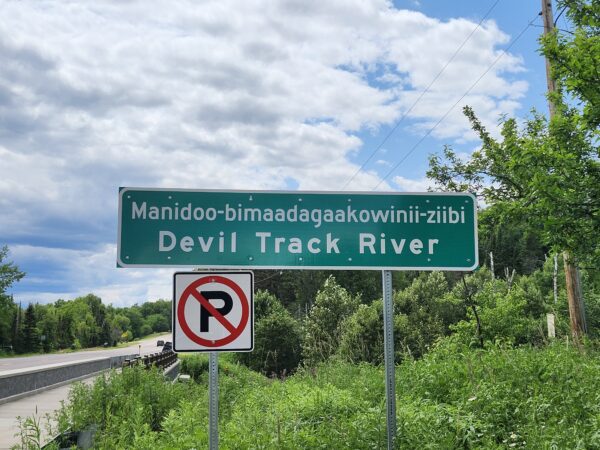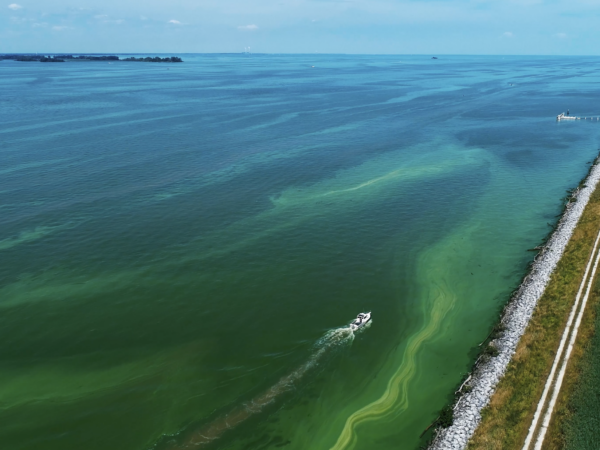Archeology students and Host Ward Detwiler study shipwrecks at Thunder Bay National Marine Sanctuary, NOAA designates a new sanctuary along Wisconsin’s Lake Michigan shoreline, and volunteers guard lake sturgeon against poachers looking for valuable caviar.
WHERE WE TAKE YOU IN JULY
Have a question about the Great Lakes or life in the region?
Ask Great Lakes Now, and if we can answer it, we might loop it into our coverage so others can learn too.
Submit Your Question
When to Watch?
Check your local station for when Great Lakes Now is on in your area.
Premieres on DPTV
Tuesday, July 27, at 7:30 PM
STATIONS CARRYING THE SERIES
DPTV
Detroit, Michigan
WEAO
Akron, Ohio
WNEO-TV
Alliance, Ohio
WCML-TV
Alpena, Michigan
WDCP-TV
Bad Axe, Michigan
BCTV
Bay County, Michigan
WBGU-TV
Bowling Green, Ohio
WNED-TV
Buffalo, New York
WCMV-TV
Cadillac, Michigan
WTTW-TV
Chicago, Illinois
WVIZ-TV
Cleveland, Ohio
WKAR-TV
East Lansing, Michigan
WQLN-TV
Erie, Pennsylvania
WCMZ-TV
Flint, Michigan
WGVU-TV
Grand Rapids, Michigan
WPNE-TV
Green Bay, Wisconsin
WGVK-TV
Kalamazoo, Michigan
WHLA-TV
La Crosse, Wisconsin
WHA-TV
Madison, Wisconsin
WNMU-TV
Marquette, Michigan
WHWC-TV
Menomonie-Eau Claire, Wisconsin
WMVS-TV
Milwaukee, Wisconsin
WCMU-TV
Mt. Pleasant, Michigan
WLEF-TV
Park Falls, Wisconsin
WNIT-TV
South Bend, Indiana
WCNY-TV
Syracuse, New York
WGTE-TV
Toledo, Ohio
WDCQ-TV
University Center, Michigan
WNPI-TV
Watertown, New York for Ontario signal
WPBS-TV
Watertown, New York for U.S. signal
WHRM-TV
Wausau, Wisconsin
Shipwreck School
SEGMENT 1 | Alpena, Michigan
The Great Lakes hold an incredible collection of shipwrecks, and some of them are hundreds of years old. Each tells a fascinating story — but how are they studied?
To find out, Great Lakes Now host Ward Detwiler went to the Thunder Bay National Marine Sanctuary in Alpena, Michigan, where he sat in on an archeology field school course with students of Ashley Lemke, an assistant professor of archeology at the University of Texas-Arlington.
The students had come to the Great Lakes to learn underwater mapping skills used in archaeology, specifically locating and studying shipwrecks. Shipwrecks can be found by accident, but Ward learns that the scientific techniques for finding and studying them involve hard work, persistence, and good old arithmetic.
More in this story from GLN partner The Alpena News: Marine archaeology research crew up from University of Texas
For all Great Lakes Now’s work on shipwrecks, visit GreatLakesNow.org/shipwrecks.
Here is other Great Lakes Now work on Great Lakes education and research:
- In “Linking Land and Lakes,” university students study coastal wetlands. Watch HERE.
Sweetwater Sanctuaries
SEGMENT 2 | Lake Michigan, Lake Ontario, Lake Superior, Lake Huron
Earlier this summer, there was big news for Lake Michigan.
The National Oceanic and Atmospheric Administration (NOAA) designated the Wisconsin Shipwreck Coast. It’s only the second National Marine Sanctuary in all of the Great Lakes, and covers 962 square miles with 36 nationally significant, historical shipwrecks.
The new sanctuary runs along Wisconsin’s Lake Michigan shore from Two Rivers in the north to Port Washington in the south, and it’s the result of a years-long effort by the communities on the lakefront, including area cultural institutions.
“We believe it will inspire people,” says Christian Overland, director of the Wisconsin Historical Society, which backed the sanctuary proposal. “Whether it’s being able to go underwater and take your own dive, or whether you’re kayaking over a three-masted schooner that’s only 10 feet below you, we think that people will be inspired by these wonderful stories because it means a real-life connection to the lake history, the maritime history and a history that maybe is lost for some people.”
At the other end of the Great Lakes basin, in Lake Ontario, another sanctuary is headed toward the NOAA designation. It could encompass an area off of New York including the picturesque Thousand Islands region of the St. Lawrence River.
Eastern Lake Ontario contains 43 known shipwrecks and one aircraft, and the Thousand Islands region holds 20 more with historical records suggesting there are more to be found.
“The sanctuary designation process takes several years,” says Ellen Brody, Great Lakes regional coordinator for NOAA’s Office of National Marine Sanctuaries. “We started this in April of 2019, and we’re anticipating that we can have a sanctuary designated by the end of 2022.”
Canada’s counterparts to the U.S. sanctuaries are called National Marine Conservation Areas. There are two in the Great Lakes, administered by Parks Canada.
“The protection and opportunity for conservation in these marine protected areas are huge,” says Jewel Cunningham, executive director of Ontario Waterways with Parks Canada. “But they also provide areas in which we can explore with opportunities for education and research all tied to an increasing scientific knowledge with regards to water based national marine parks.”
Read the Associated Press story NOAA to designate Wisconsin coastline as national sanctuary
Here is other Great Lakes Now work on sanctuaries:
Shielding Sturgeon
SEGMENT 2 | Black River, Michigan
When Brenda Archambo learned a lake sturgeon management plan was being developed in the 1990s, the northern Michigan woman wanted to see it and then she wanted to give some input.
As the founder of Sturgeon for Tomorrow, Archambo was all about protecting the endangered fish known for reaching 8 feet in length and living past 100 years.
What she found out was that an “inordinate” amount of poaching was going on.
“We learned that there were families that would actually camp out on the river and literally fill the backs of their truck beds up,” Archambo said. “No, that’s not right.
As the females swim up waterways like the Black River to spawn, they can be carrying more than 25 pounds of eggs, also known as caviar. Eggs from a single fish can sell for thousands of dollars
With chapters around the Great Lakes, Sturgeon for Tomorrow chapters help protect the fish and educate the public about them. They also recruit volunteers like Lynn Heasley.
“I have never done anything like this and what I especially love about it is a chance to participate instead of observe and have a small role of my own for the day,” she said.
Watch the full Great Lakes Now segment to learn about Heasley’s time as a Sturgeon Guardian.
Find all of Great Lakes Now’s work about this prehistoric fish at GreatLakesNow.org/sturgeon.
Here are some recent stories:
Videos from Episode 1027
Subscribe on YouTube
Featured Articles
Digital Credits
The Great Lakes Now Series is produced by Rob Green and Sandra Svoboda.



